A Guide to Acne Ingredients That Actually Work (Without Wasting Your Money)
Let’s be real for a second. You’re standing in the skincare aisle, staring at a wall of products all screaming “Clear Skin Now!” and feeling completely overwhelmed. I get it. I’ve seen so many people bring in bags full of expensive serums and drugstore spot treatments, all with the same look of frustration because nothing is working.
In this article
- First, What Are We Even Fighting?
- The Over-the-Counter Arsenal: Your Go-To Ingredients
- So, Which One Do I Choose? A Quick Cheat Sheet
- Can I Use These Together? Smart Combos vs. Irritation City
- Before You Start: A 3-Step Checklist
- Putting It All Together: Sample Routines
- When It’s Time to Call in the Pros
- Inspiration:
The problem isn’t that you’re not trying hard enough. It’s that the marketing on the bottle tells a story, but the tiny active ingredients list on the back tells the truth. And honestly, learning to read that list is the most powerful tool you can have.
So, forget the hype. We’re going to break down the most effective, science-backed, over-the-counter ingredients. No fluff. Just what they do, how to use them right, and which ones are best for your skin. Think of this as building a smart, effective routine that’s based on facts, not just hope in a bottle.
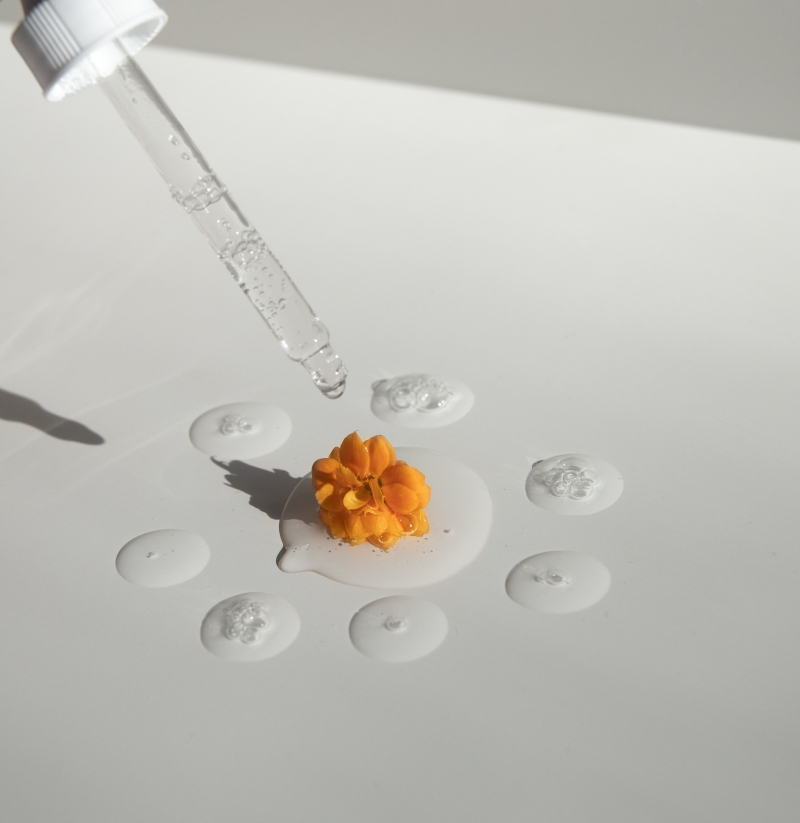
First, What Are We Even Fighting?
Before you can pick your weapon, you need to know your enemy. Acne isn’t about being “dirty.” It’s a complex skin condition that usually boils down to a mix of four things:
- Too Much Oil: Your glands go into overdrive, creating a slick environment where breakouts love to party.
- Clogged Pores: Dead skin cells, instead of flaking off nicely, get sticky. They team up with that excess oil to form a plug, which is the starting point for every single pimple.
- Bacteria Overgrowth: There’s a specific kind of bacteria that lives on our skin. It’s normally fine, but inside a clogged, oily pore, it multiplies like crazy.
- Inflammation: Your body sees the bacterial party and sends in the troops. This immune response is what causes the redness, swelling, and pain of a classic pimple.
A blackhead is just a clogged pore. An angry red pimple is that same pore, but now it’s inflamed. Knowing this helps you see why a treatment for blackheads might not touch a deep, painful cyst.
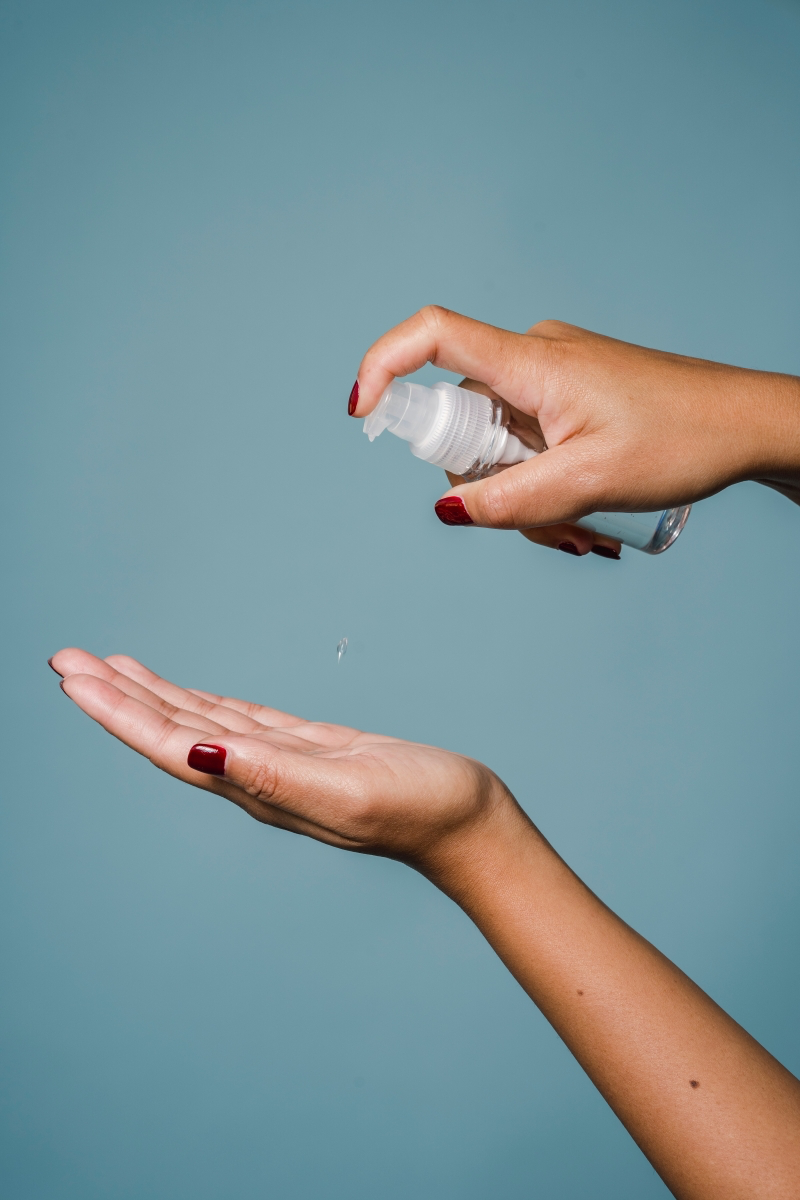
Heads up! So many people think the goal is to dry their skin out with harsh scrubs and alcohol-heavy toners. This is the biggest mistake you can make. It wrecks your skin’s moisture barrier, making it angry, irritated, and often even oilier to compensate. A healthy, hydrated skin barrier is your best friend in this fight. Our mission is to treat the acne, not punish the skin.
The Over-the-Counter Arsenal: Your Go-To Ingredients
Okay, let’s get into the good stuff. These are the heavy hitters you can find without a prescription. Each one has a different job, so picking the right one is key.
Benzoyl Peroxide (BPO): The Bacteria Slayer
This is a classic for a reason—it works, especially for red, inflamed pimples. It’s been a go-to for decades because it’s so reliable.
How it works: BPO’s main job is to kill acne-causing bacteria. It releases oxygen into the pore, and since the bacteria can’t live in an oxygen-rich place, it dies off. The best part? Bacteria can’t become resistant to it, which is a huge plus. It also helps to gently unclog the pore itself.

How to use it like a pro:
- Start low and slow. BPO comes in strengths from 2.5% to 10%. Here’s a secret: studies show 2.5% is just as effective as 10%, but way less irritating. I’ve seen so many people quit BPO because they started too strong. More is NOT better here.
- Pick your product. It comes in washes, gels, and creams. Washes are great for the body or for sensitive facial skin. Gels tend to be better for oily skin, while creams can add a bit of hydration for normal or dry types.
- Try “short contact therapy.” If your skin is super sensitive, this is a game-changer. Apply a BPO wash to dry skin, let it sit for 2-5 minutes, and then rinse it off. It gives the ingredient enough time to work its magic while minimizing irritation.
Good to know: The number one complaint is dryness. This is expected, so just be ready with a simple, non-clogging moisturizer (look for ceramides or hyaluronic acid). The other big one? BPO will bleach fabrics. I’m not kidding. It will ruin your colored towels, your favorite pillowcase, and the collar of your shirt. Use white linens or old towels when using BPO products!
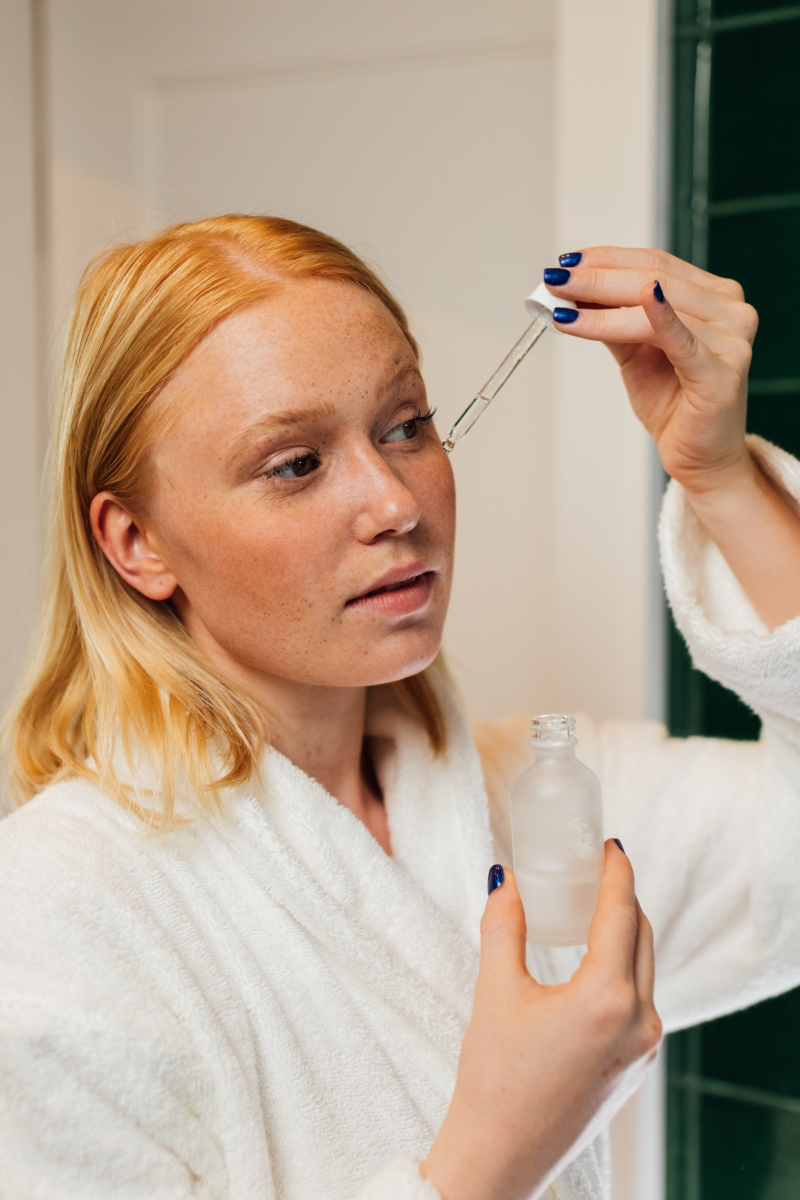
Where to find it: You can grab a great 2.5% or 5% BPO wash or gel from brands like CeraVe, PanOxyl, or La Roche-Posay at any drugstore for about $10-$15.
Salicylic Acid (BHA): The Pore Deep-Cleaner
Salicylic acid is a beta-hydroxy acid (BHA), and its superpower is that it’s oil-soluble. This is a huge deal.
How it works: While other acids work on the skin’s surface, salicylic acid can dive right through the oil and get deep inside your pores. Once it’s in there, it dissolves the gunk made of dead skin cells and sebum. This makes it a champion for treating and preventing blackheads and whiteheads.
How to use it like a pro:
- Leave-on is often best. For maximum effect, a leave-on toner or serum with 2% salicylic acid is the way to go. It has more time to penetrate and do its job.
- The 60-Second Rule. If you prefer a cleanser, don’t just immediately rinse it off. I always tell people to gently massage it into the skin for a full 60 seconds. That contact time is crucial. A patient of mine who struggled with stubborn blackheads for years finally saw a difference just by adopting this one simple trick.
Who needs it? This is your go-to if you’re dealing with clogged pores, bumpy texture, and blackheads. It’s not the top choice for super red, angry pimples—that’s more of a job for BPO or a retinoid.
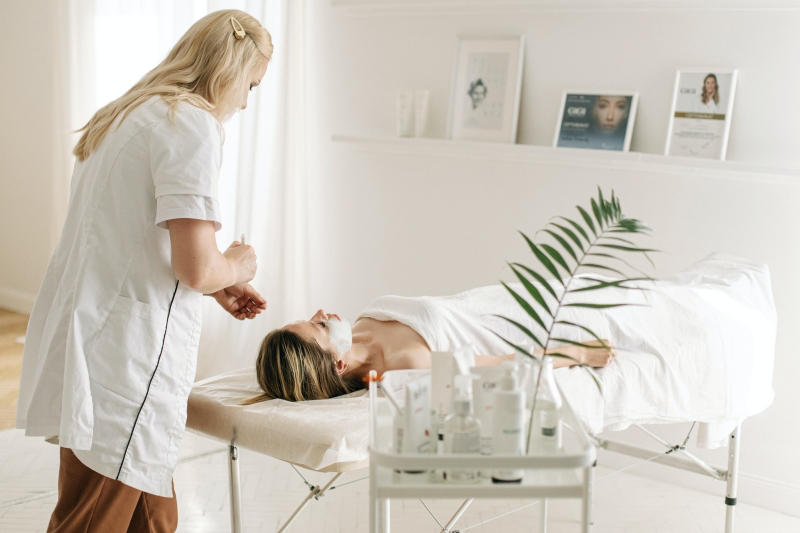
Where to find it: Drugstore brands like Stridex (in the red box) offer effective pads for under $10. For a serum, brands like Paula’s Choice or The Inkey List have fantastic options, usually between $15 and $30.
Adapalene: The Pore Regulator
This ingredient used to be prescription-only, and its move to over-the-counter was a game-changer for acne sufferers. Adapalene is a true retinoid, and it’s a powerhouse for both treating and preventing acne long-term.
How it works: Adapalene works at the cellular level to control how your skin cells behave. It basically tells them to shed properly instead of clumping together and forming clogs. Think of it as a traffic controller for your pores, preventing traffic jams before they happen. It’s a prevention tool more than a spot treatment.
How to use it like a pro:
- A pea-sized amount ONLY. This is the golden rule. A single pea is enough for your entire face. Using more won’t speed things up; it will just lead to a red, flaky mess.
- Try the “retinoid sandwich.” For beginners, this is a lifesaver. Apply a thin layer of moisturizer, wait for it to dry, apply your pea of adapalene, wait a few minutes, and then apply another layer of moisturizer. It buffers the skin and drastically reduces irritation.
- Nighttime is the right time. Retinoids break down in sunlight and make your skin more sun-sensitive, so always apply adapalene at night.
A CRUCIAL heads up: The “Purge.” When you start adapalene, your skin will probably get worse before it gets better. For the first 2-4 weeks, you might experience more breakouts, dryness, and peeling. This is known as the retinization period or “the purge.” It’s a sign that the medication is working and turning over cells. You have to push through it! This is not an allergic reaction (which would be more like intense itching or hives).
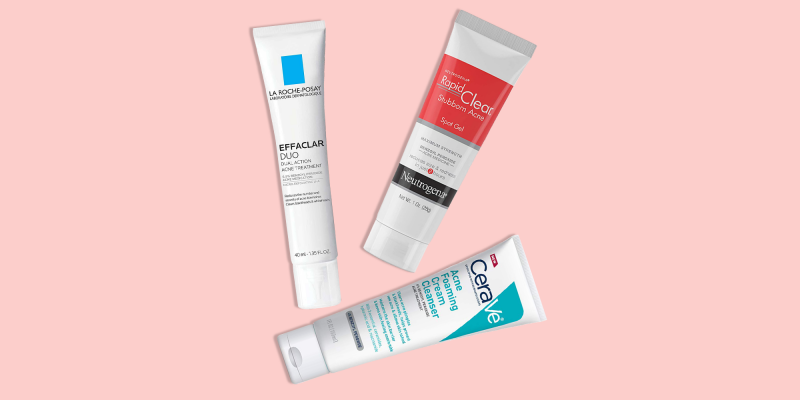
Non-negotiable rule: You MUST wear a broad-spectrum sunscreen of at least SPF 30 every single morning. Also, adapalene is NOT safe for use during pregnancy or while breastfeeding.
Where to find it: It’s sold under the brand name Differin Gel 0.1%. You can find it at Target, Walmart, or any pharmacy for around $15-$20 for a small tube that should last you a while.
Azelaic Acid: The Gentle Multi-Tasker
This is a lesser-known hero, but it’s one of my favorites, especially for adults with sensitive or redness-prone skin.
How it works: Azelaic acid does a little bit of everything, gently. It’s anti-bacterial, helps keep pores clear, and is a potent anti-inflammatory, making it fantastic for calming the redness from both acne and rosacea. But its unique talent is that it also fades the red and brown marks (post-inflammatory hyperpigmentation) that pimples leave behind. It’s a 2-for-1 deal.
Who needs it? It’s perfect for people who find BPO or retinoids too harsh. It’s also a top choice for those who have both acne and rosacea. Because it tackles the pimples AND the leftover spots, it can really simplify a routine.
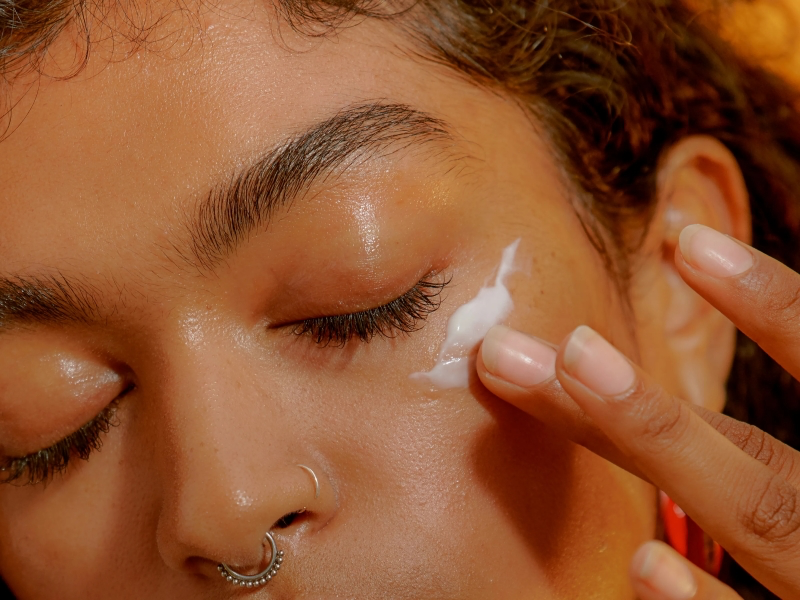
How to use it: You can apply it once or twice a day to clean skin before your moisturizer. It might feel a little itchy for the first couple of weeks, but that usually fades as your skin gets used to it.
Where to find it: You can find great 10% formulas from brands like The Ordinary or Naturium. They are usually very affordable, often in the $10-$20 range.
So, Which One Do I Choose? A Quick Cheat Sheet
Feeling a bit of decision fatigue? Let’s break it down simply. Forget tables, just think about your main problem.
If you have red, angry pimples (Inflammatory Acne)…
Your best bet is Benzoyl Peroxide (BPO). It directly targets the bacteria causing the inflammation. The biggest mistake people make is going for the 10% strength immediately. Start with 2.5% or 5%—it’s just as effective with way less irritation.
If you have lots of blackheads and clogged pores (Comedonal Acne)…
Go for Salicylic Acid (SA). Its oil-soluble nature lets it get deep into pores to dissolve the gunk. The biggest mistake is just splashing a cleanser on and rinsing. Remember the 60-second rule to give it time to work!
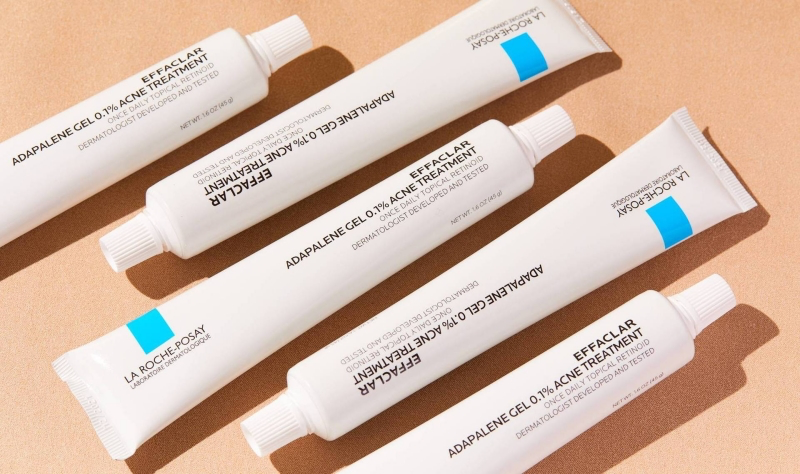
If you have a mix of everything and want long-term prevention…
Adapalene is your powerhouse. It retrains your skin cells to prevent clogs from forming in the first place. The biggest mistake is giving up during the initial 2-4 week “purge.” Stick with it—the results are worth it.
If you have sensitive skin and post-pimple marks…
Azelaic Acid is your gentle hero. It calms redness, fights bacteria, and fades those annoying brown and red spots. The biggest mistake is not giving it enough time. It’s a marathon, not a sprint, but it’s incredibly effective and well-tolerated.
Can I Use These Together? Smart Combos vs. Irritation City
This is a question I get all the time. Using ingredients together can boost results, but the wrong combo will leave your skin raw.
Safe & Smart Combos:
- Salicylic Acid in the AM, Adapalene in the PM: This is a fantastic duo. The SA keeps pores clear during the day, and the adapalene does its deep regulatory work at night.
- BPO Wash in the AM, Azelaic Acid in the PM: A great pairing for sensitive, inflamed skin. The BPO wash (using short contact) knocks down bacteria, and the gentle Azelaic Acid calms inflammation and works on leftover marks overnight.
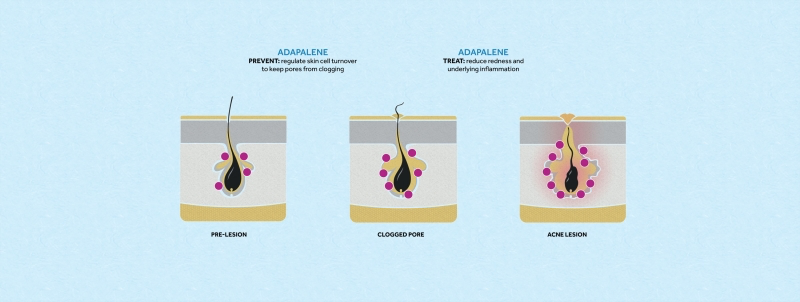
Irritation City (Avoid These, Especially at First):
- Adapalene and an AHA/BHA in the same routine: Using a strong acid like glycolic acid or salicylic acid on the same night as a retinoid like adapalene is a recipe for a damaged skin barrier. If you must, use them on alternate nights.
- Benzoyl Peroxide and Adapalene: While some prescription formulas combine these, using two separate, high-strength OTC products can be extremely drying and irritating. If you do this, use BPO in the morning and Adapalene at night, and be prepared with a heavy-duty moisturizer.
Before You Start: A 3-Step Checklist
Before you run out and buy anything, let’s set you up for success.
- Take a ‘Before’ Photo. Seriously. On bad skin days, it’s easy to forget how far you’ve come. Having a photo for comparison in 3 months will keep you motivated.
- Get Your Support System Ready. This means a truly gentle, boring cleanser (like Cetaphil or Vanicream) and a simple, non-clogging moisturizer. You need these to keep your skin barrier happy.
- Commit to ONE New Active. Don’t throw five new things at your face. Pick one new active ingredient based on your skin type and commit to using it for at least 8-12 weeks before you decide if it’s working. Patience is everything.
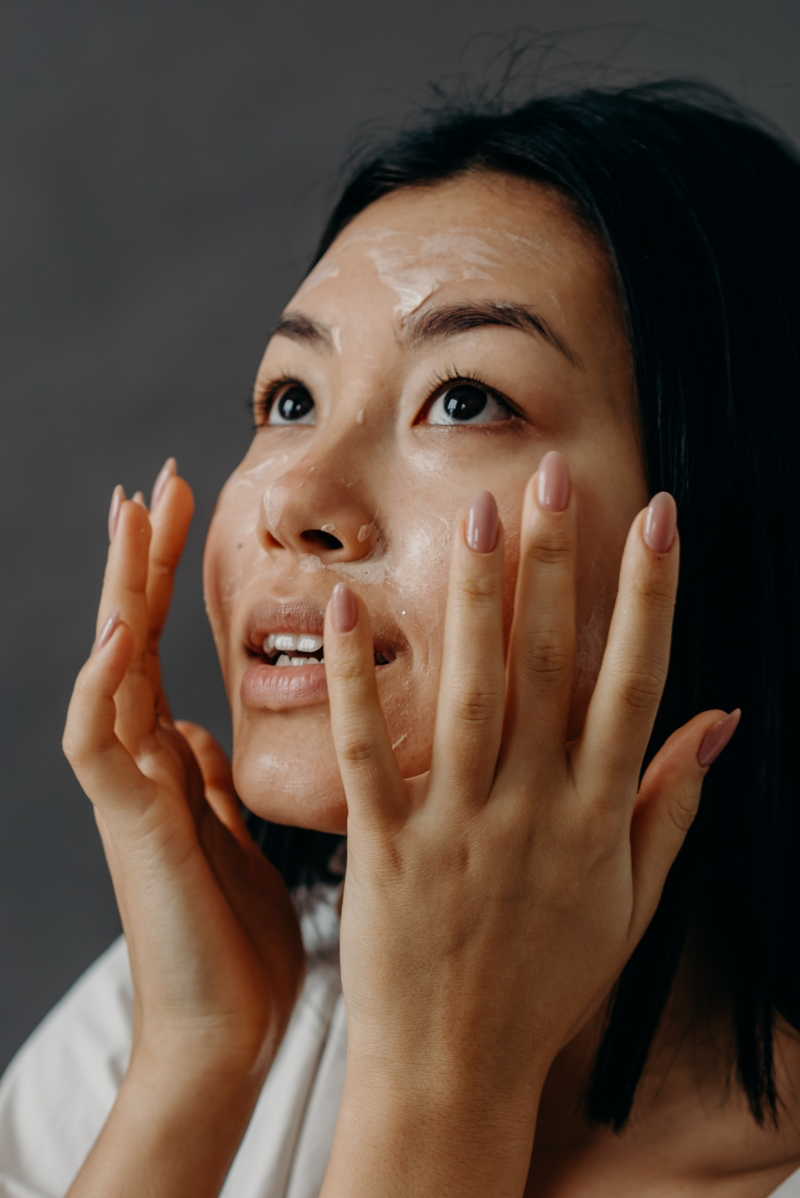
Putting It All Together: Sample Routines
Here’s how this might look in the real world. These are just templates—always listen to your skin!
Routine for Oily Skin with Blackheads & Pimples:
- Morning: (1) Gentle Cleanser, (2) Light, oil-free moisturizer, (3) Broad-spectrum SPF 30+.
- Evening: (1) Benzoyl Peroxide 5% wash (using the 60-second rule), (2) Wait for skin to dry completely, (3) Apply a pea-sized amount of Adapalene gel, (4) Follow with a simple moisturizer.
Routine for Sensitive, Redness-Prone Skin:
- Morning: (1) Rinse with water or use a gentle cleanser, (2) Azelaic Acid 10% serum, (3) Moisturizer, (4) Broad-spectrum SPF 30+.
- Evening: (1) Gentle Cleanser, (2) Wait for skin to dry completely, (3) Moisturizer (first layer of the “sandwich”), (4) Pea-sized amount of Adapalene gel, (5) Another layer of moisturizer. (Alternatively, you could swap the Adapalene for Azelaic Acid at night too if retinoids are too much).
When It’s Time to Call in the Pros
Over-the-counter options are amazing, but they have their limits. It’s time to see a professional, like a dermatologist, if you’re experiencing:
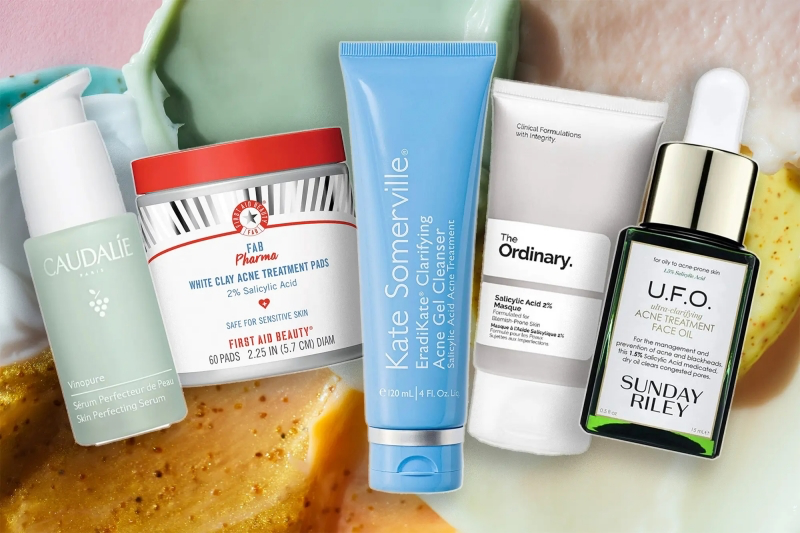
- Deep, painful cysts or nodules. These have a high risk of scarring and almost always need prescription-strength help.
- Your acne is leaving scars. If you’re seeing pits or indents, don’t wait. The sooner you get the inflammation under control, the less permanent damage will be done.
- You’ve been consistent for 3+ months with zero improvement. If a solid OTC routine isn’t making a dent, you need a stronger plan.
- It’s seriously affecting your mental health. If acne is impacting your self-esteem or social life, that is a perfectly valid reason to seek medical help. You deserve to feel good in your skin.
Managing acne is a journey of learning what your skin loves and hates. By understanding these core ingredients, you can finally stop guessing and start building a routine that delivers real, lasting results. Treat your skin with kindness, be patient, and don’t be afraid to ask for help when you need it.
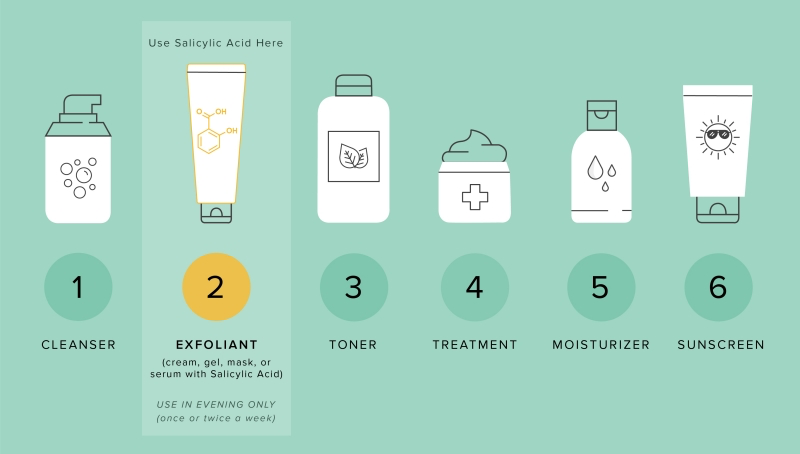
Inspiration:
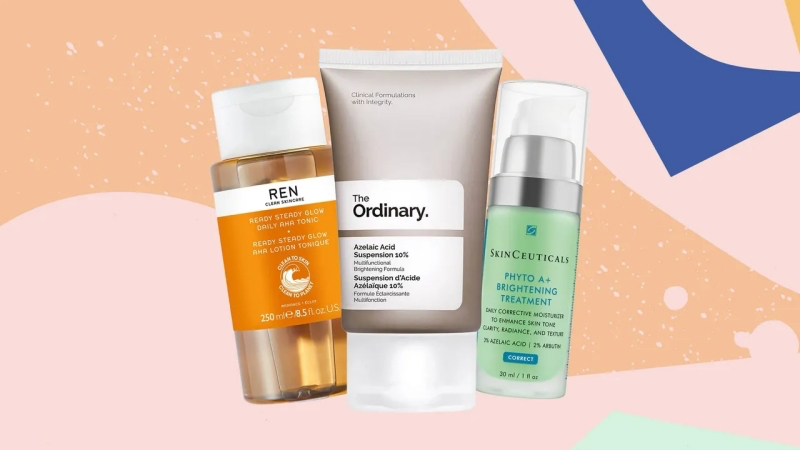
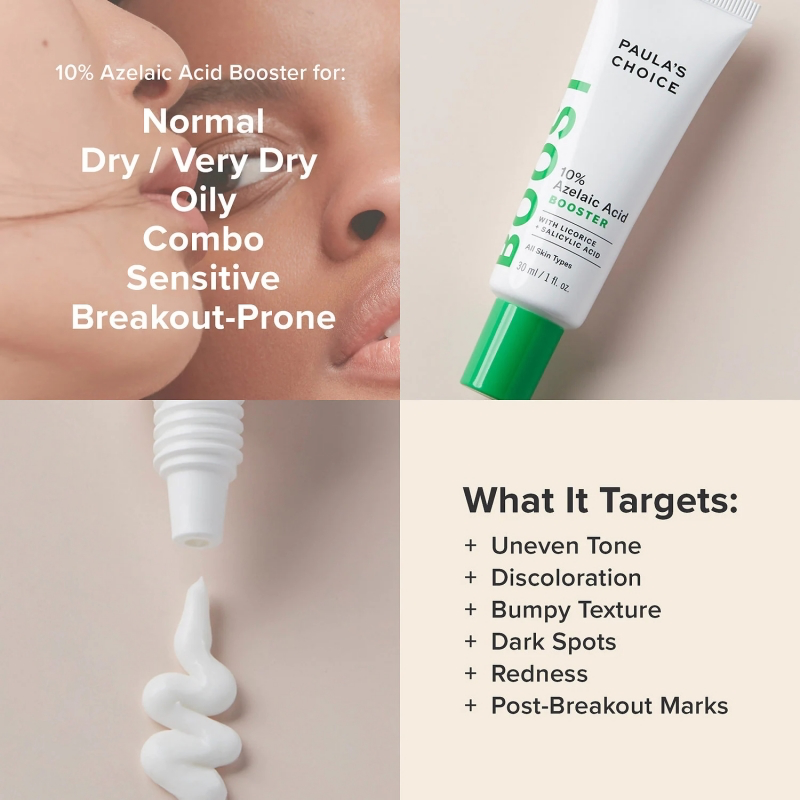
My skin is red, sensitive, AND breaking out. Are all acne ingredients too harsh?
Not at all. This is where gentler actives shine. Look for Azelaic Acid, a true multitasker that calms redness, unclogs pores, and evens out skin tone without the typical irritation of stronger acids. Products like The Ordinary’s Azelaic Acid Suspension 10% or Naturium’s Azelaic Topical Acid 10% are great starting points. It’s the unsung hero for reactive, acne-prone skin.
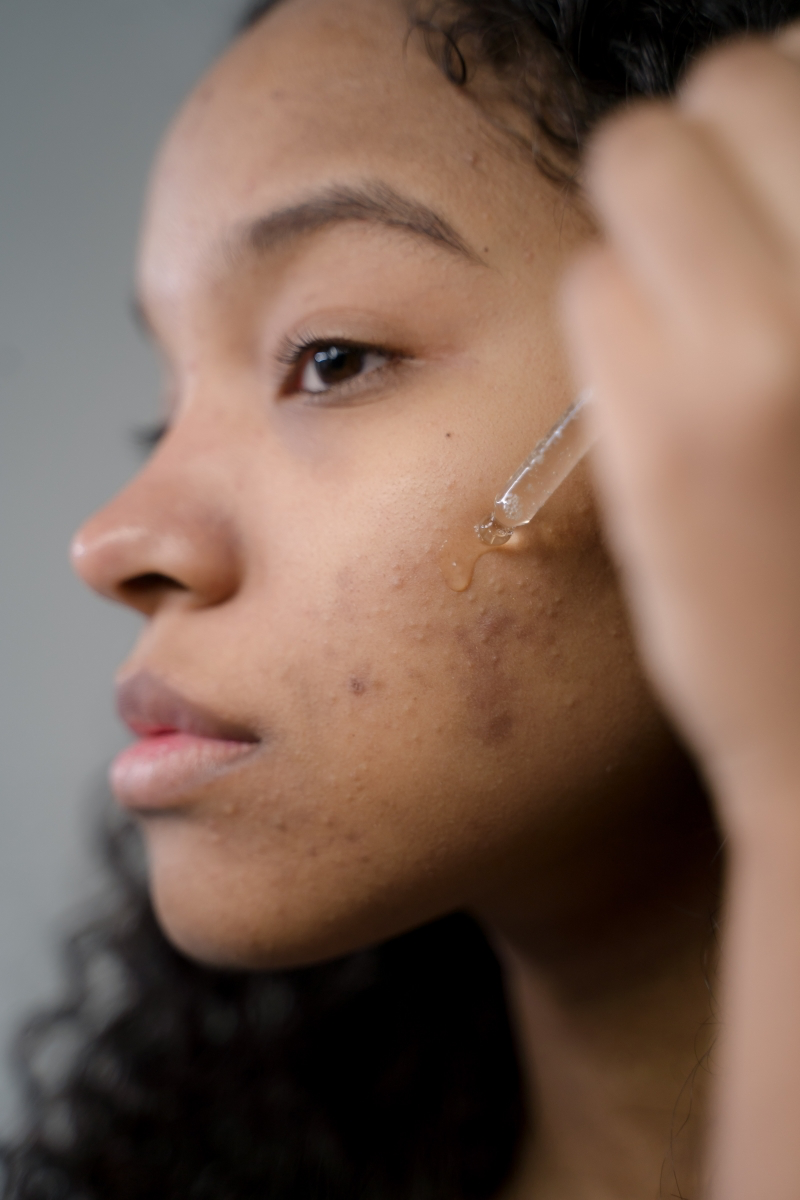
For salicylic acid to be effective at exfoliating inside the pore, the product should have a concentration between 0.5% and 2% and a pH between 3 and 4.
This is why not all ‘acne’ cleansers are created equal. Check the percentage on the label; if it’s too low or the product isn’t formulated to stay on your skin (like in some rinse-off cleansers), it may not be doing the deep cleaning you’re hoping for.
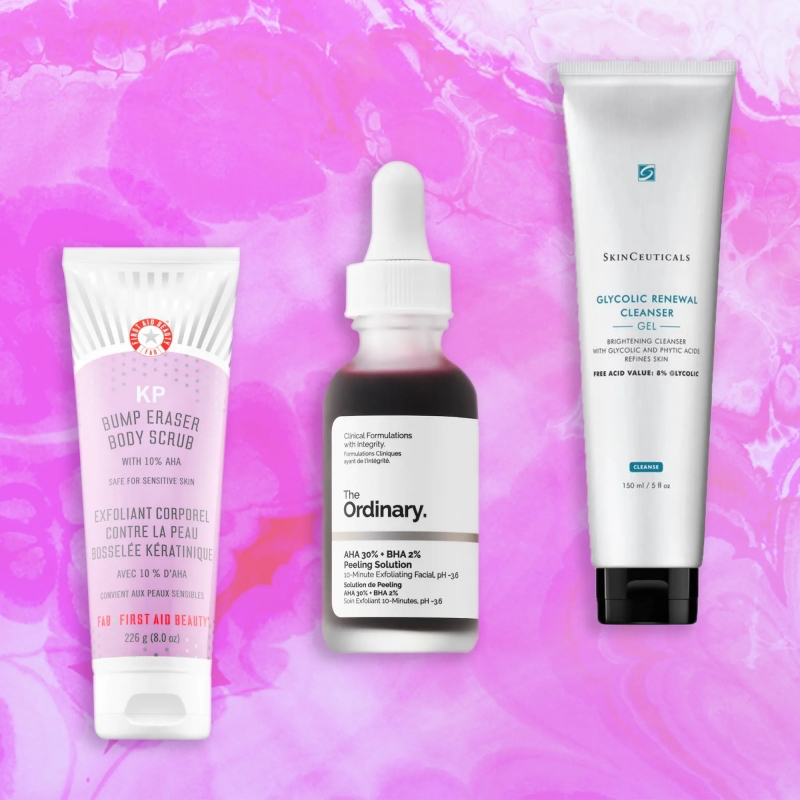
- Fights post-breakout dark spots (PIH).
- Calms redness and inflammation.
- Helps regulate oil production.
The wonder ingredient? Niacinamide. While other actives fight the pimple itself, adding a niacinamide serum into your routine, like the popular option from La Roche-Posay or Good Molecules, helps manage the aftermath and prevent future oil slicks. It’s the ultimate team player.
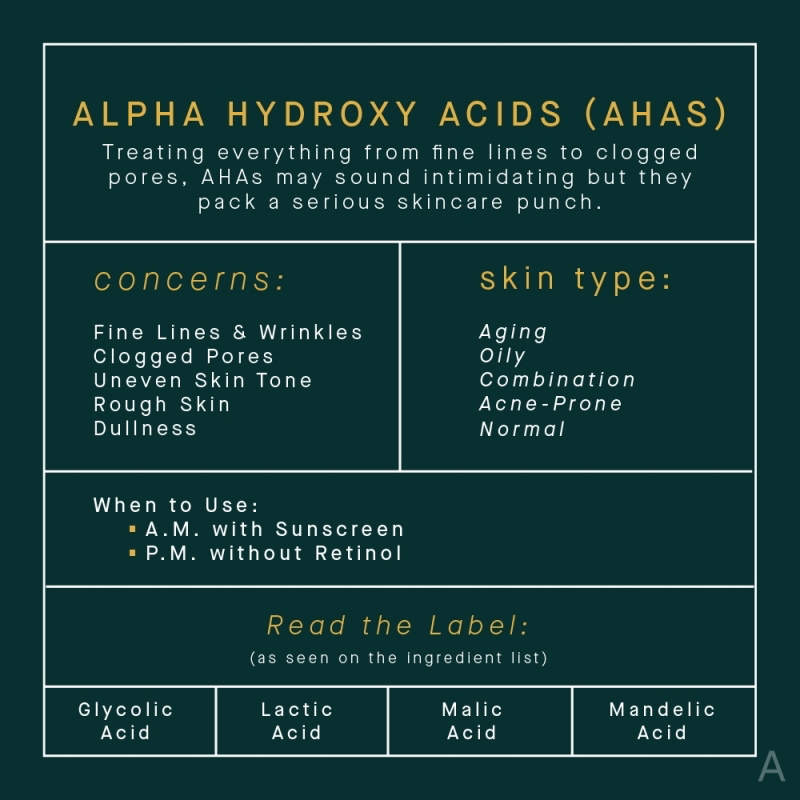
Mixing active ingredients can be a power move, but some combinations cause irritation or even cancel each other out. A classic rule: don’t layer these in the same application (morning vs. night is usually fine):
- Retinoids (like Adapalene) + Vitamin C: They work best at different pH levels, potentially reducing the effectiveness of both.
- Benzoyl Peroxide + Retinoids: BP can oxidize and deactivate some prescription retinoids. An exception is Adapalene (like in Differin Gel), which is stable when used with BP.
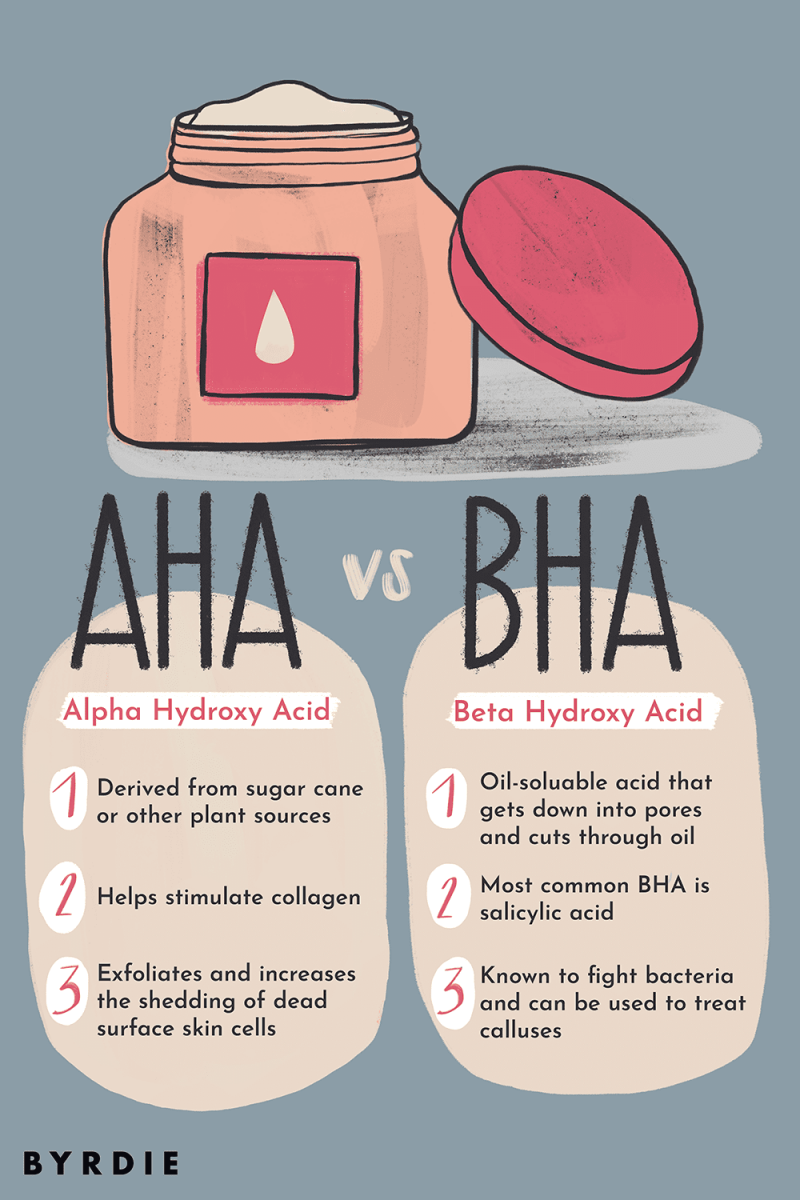
The one product everyone with acne-prone skin needs? A great moisturizer. It seems counterintuitive, but a damaged, dehydrated skin barrier from harsh treatments will overcompensate by producing even more oil. Look for lightweight, non-comedogenic formulas with ceramides or hyaluronic acid, like the CeraVe PM Facial Moisturizing Lotion, to hydrate and repair without clogging pores.
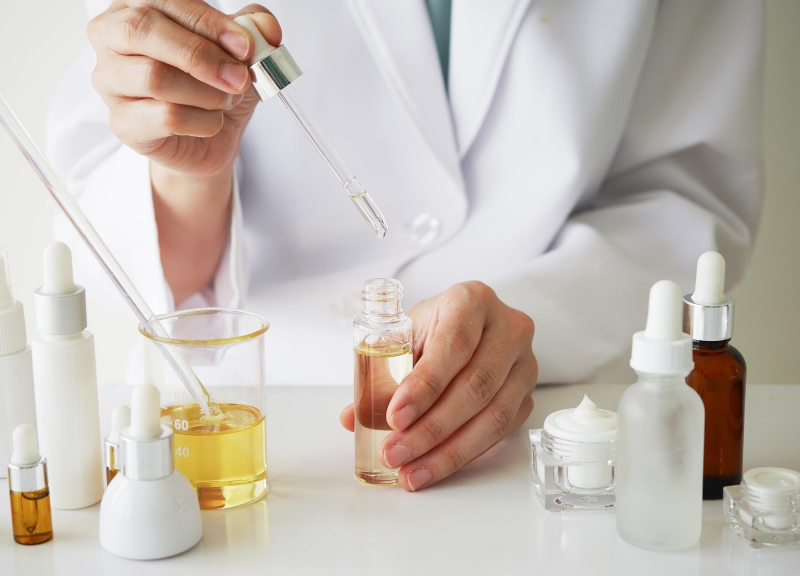
BHA (Salicylic Acid): This is oil-soluble, meaning it uniquely cuts through sebum to exfoliate *inside* the pore. It’s your go-to for blackheads and general congestion.
AHA (Glycolic, Lactic Acid): This is water-soluble and works on the skin’s *surface*, dissolving the bonds between dead cells. It excels at smoothing texture and improving skin radiance.
For clogged pores, start with a BHA. For surface roughness and dullness, an AHA is your best bet.
Don’t limit your treatment to just your face. The skin on your back and chest has more sebaceous glands than many other body parts, making it a prime spot for breakouts.
An easy and budget-friendly trick is to use your benzoyl peroxide facial cleanser, like PanOxyl’s 4% Creamy Wash, on your body in the shower. Let it sit on your chest and back for a couple of minutes before rinsing to give the active ingredient time to work.










